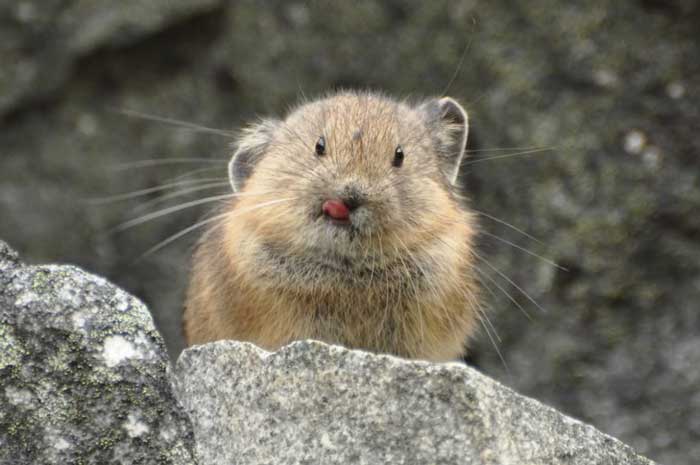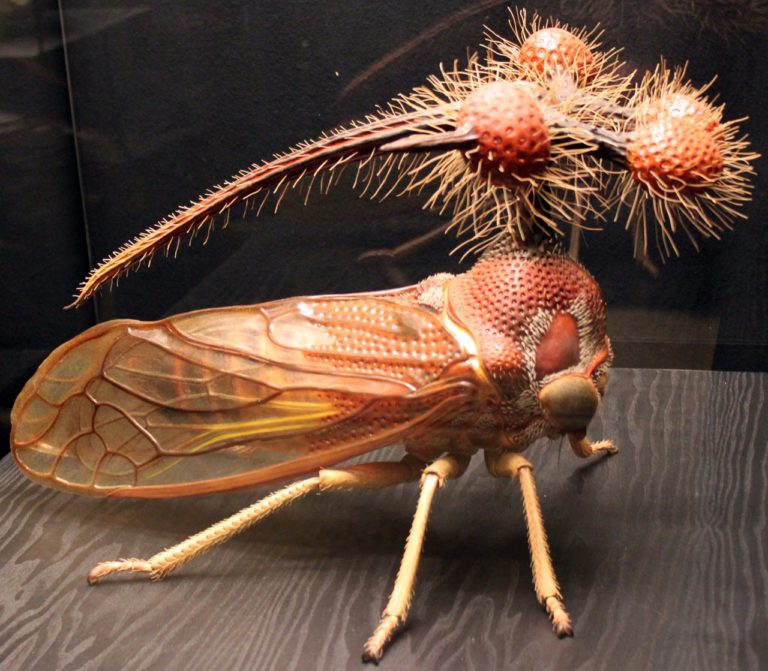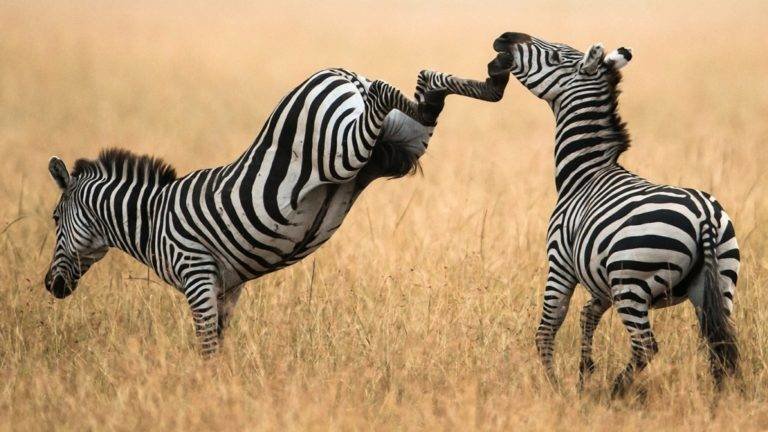The Adorable Alpine Survivor: Meet the Pika
Looking like a mix between a chinchilla and a rabbit, the pika—also known as the American pika—is one of nature’s most charming and overlooked creatures. These tiny mammals are the closest relatives of rabbits and hares, which is why they’re sometimes called mouse hares or rock rabbits. Thanks to their sharp, high-pitched alarm call, they’ve also earned another nickname: the whistling hare.
Let’s explore some fascinating facts about these adorable mountain dwellers.
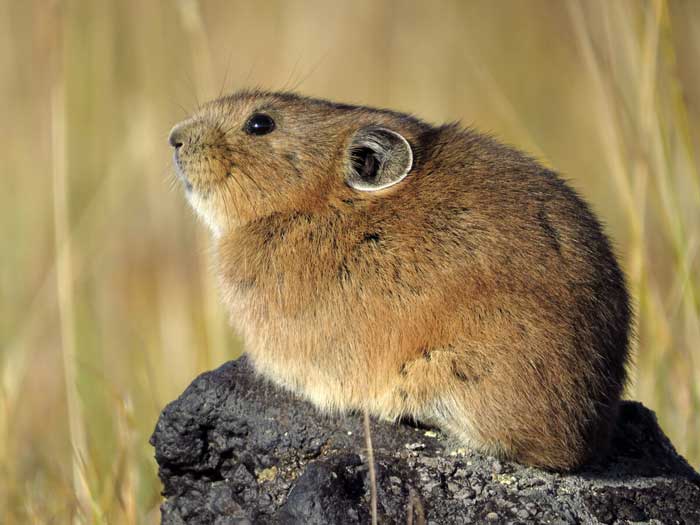
Appearance
Pikas are small, round-bodied mammals with short limbs, large rounded ears, and long whiskers—but no visible tail. Their compact bodies are covered in dense fur, usually in shades of brown and gray, helping them blend seamlessly with their rocky surroundings.
Their thick coat keeps them warm during frigid winters, while they shed some of it in summer to stay cool. The darker tones of their fur act as natural camouflage against the stones and cliffs they call home.
Most pikas measure only 15 to 23 centimeters (6–9 inches) long—tiny bundles of fur perfectly adapted for life in the mountains.
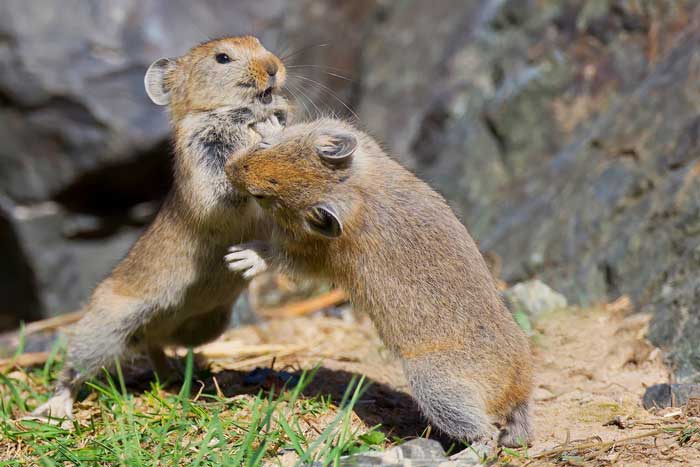
Behavior
Despite their small size and cute appearance, pikas are fiercely territorial. They live in colonies, which offer safety in numbers, but each individual defends its own burrow and nearby rocks with surprising determination.
They communicate through scent markings and a range of vocalizations—from barks and chirps to squeaks and trills. When a predator is spotted, one pika lets out a sharp, shrill call that echoes across the mountains, warning the rest of the colony.
During spring and summer—their breeding season—pikas become more tolerant of neighbors. But for most of the year, they’re alert, busy, and ready to sound the alarm at the slightest sign of danger.
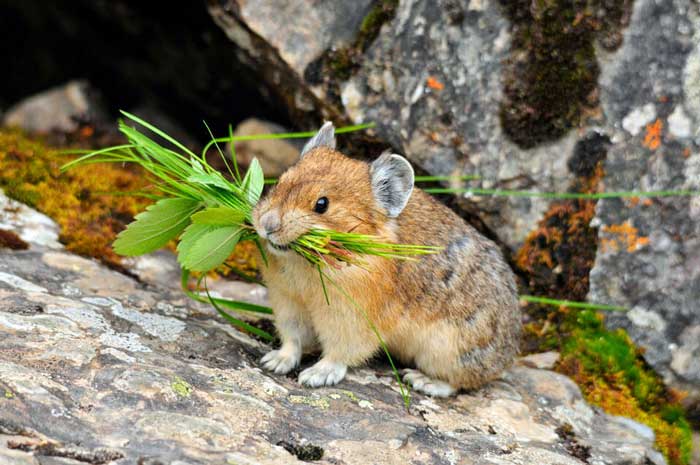
Diet and Habitat
Pikas are herbivores, feeding on grasses, mosses, flowers, and leaves. In summer, they work tirelessly to gather plants, which they dry in the sun and store under rocks in what are known as “haypiles.” These precious food caches sustain them through winter since pikas don’t hibernate.
Like rabbits, pikas also practice coprophagy—re-eating their soft green droppings to extract every bit of nutrition. It might sound unpleasant, but it’s a clever way to survive in nutrient-poor alpine environments.
Most pika species live in high mountain regions of Asia, Europe, and North America. They thrive in rocky slopes and meadows, often found at the boundary between grasslands and boulder fields. Because they depend on cool climates, pikas are extremely sensitive to heat. In fact, prolonged exposure to temperatures above 25.5°C (78°F) can be fatal within just 30 minutes.
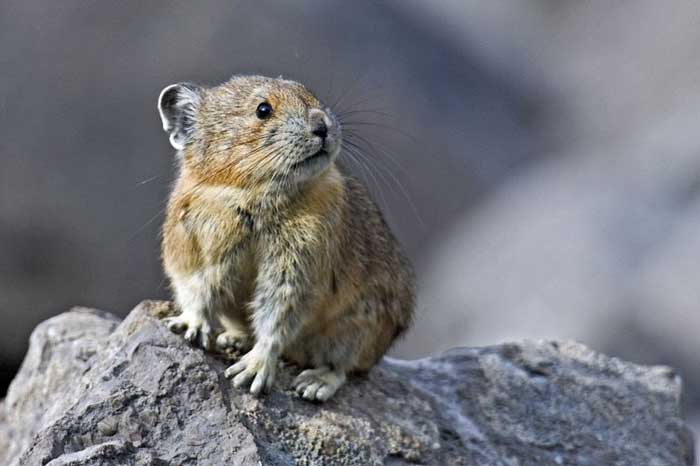
Predators and Threats
Being small and ground-dwelling makes pikas easy targets for many predators. Weasels are among their most persistent threats, sneaking into rocky burrows in search of prey. Birds of prey, foxes, coyotes, cats, and even eagles also hunt them.
When danger approaches, pikas rely on their sharp eyesight and loud alarm calls to warn others. The colony often freezes in silence until the threat passes.
However, their greatest challenge doesn’t come from predators—it comes from climate change. Because they can’t survive in warm temperatures, pikas are forced to move higher and higher up the mountains in search of cooler habitats. But as alpine regions warm, there’s simply nowhere left to climb.
Once, there were 29 species of pika; today, only about 11 remain. Much like polar bears, these tiny “whistling hares” are becoming unexpected symbols of climate vulnerability, their survival hanging in the balance as the planet heats up.
A Small Creature with a Big Message
The pika may be tiny, but its story echoes loudly through the mountains it calls home. Adapted to a life of cold and stone, it now faces a threat far greater than any predator.
Protecting creatures like the pika reminds us that even the smallest animals can teach us the biggest lessons about resilience—and the urgent need to safeguard our changing world.

